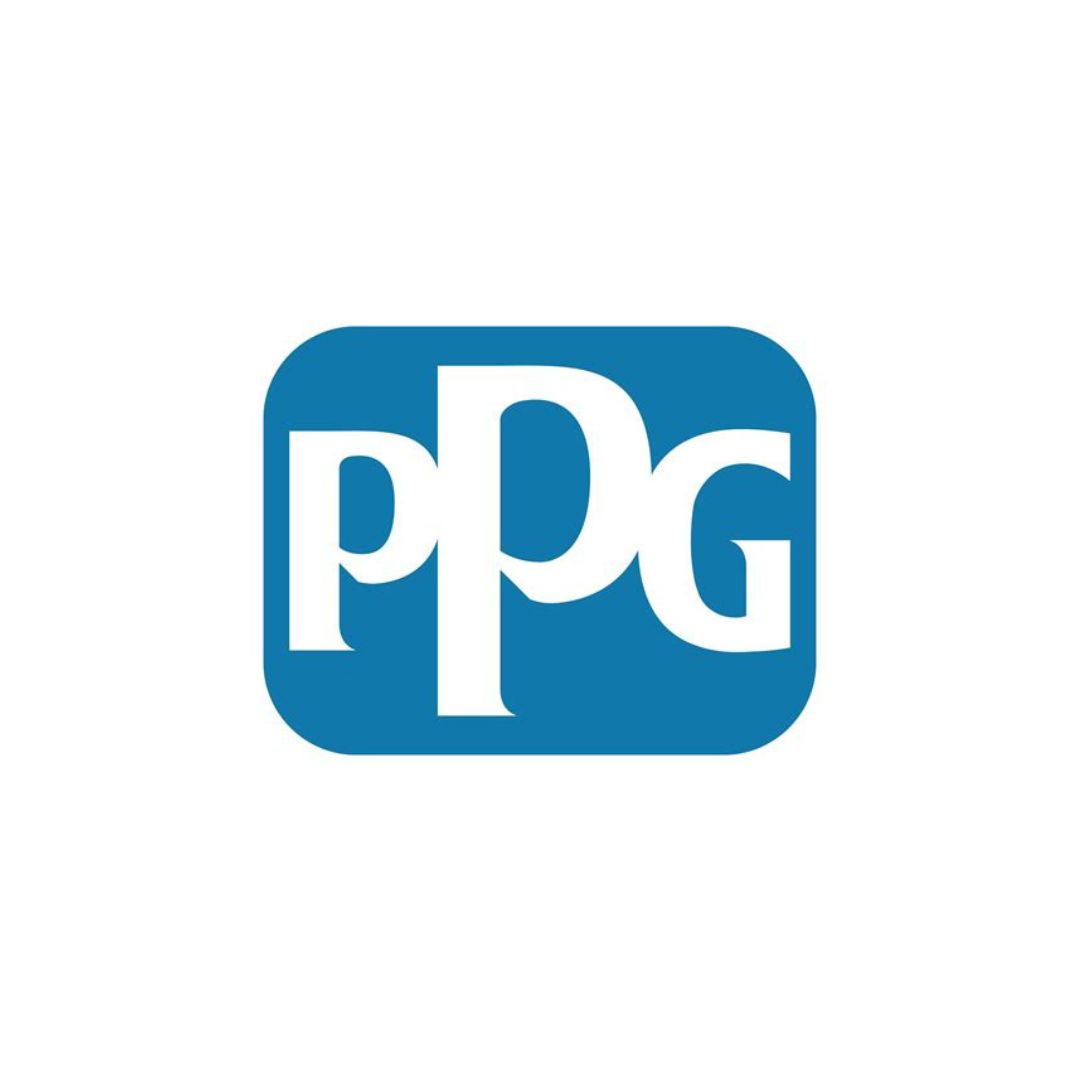In 2017, long before the Covid-19 pandemic forced many of us into distance learning, the Julia Robinson Mathematics Festival (JRMF) began experimenting with digital apps. JRMF staffer, and EdTech developer, Sam Woodard wanted to explore his interest in using technology to further math education. Sam had worked at several JRMF festivals and wondered how the rich activities that engaged kids could be enhanced with technology.
Certain activities weren’t easy to solve using pencil and paper, or were easier to understand using manipulatives rather than words. This meant that unless there was a facilitator or easy-to-understand manipulatives, some kids had trouble joining in on an activity and quickly became disinterested in it. Sam recognized that technology could help with these issues by setting parameters and giving visual context to students.
“We haven’t solved the problem of how to get kids to actually think mathematically,” said Sam Woodard who has been working in EdTech for ten years. “Technology can allow students who learn at a slower or a different pace to engage in problem solving with fewer barriers,” he continued. “Tech can be used to present new opportunities and can also provide real value.”
Technology’s ability to differentiate learning and provide students guidance without the need of direct intervention from a facilitator makes JRMF’s activities more accessible, especially given the barriers of distance learning.
In March 2020, the Covid-19 pandemic caused JRMF to cancel all its in-person events. Within a few weeks, we launched our first webinars, presenting activities online via Zoom. We incorporated and adapted apps that we found online, but they weren’t always a great fit for our activities. At a JRMF festival, kids explore problems using manipulatives. They get to experience math in a visceral, tactile way. How could we capture that feeling in the digital world, while also accommodating for the reality that not everyone has access to the physical resources that we do?
We began to expand our collection of digital apps with three goals in mind: making apps accessible, capturing that manipulative-based feel, and increasing the lines of communication. Our first priority was to ensure that every app would be accessible to as many of our students as possible. We publish all of our apps for free on our website, so as long as students have an Internet connection, they can access our apps. We also noticed that about a quarter of our students interacted with our online events using devices other than computers, so we have strived to design our apps in a way that works and feels good on all devices, including tablets and phones.
Our second goal was to make playing with our apps as enjoyable and powerful as playing with manipulatives is at our in-person festivals. At in-person festivals, our activities are accompanied by dice, cards, Geometiles, pattern blocks, game pieces, and so many other wonderful manipulatives that allow students to get their hands dirty when playing with math. We wanted students to experience that same opportunity for play when using our apps. Through our apps, we not only provide students with the same cornucopia of objects to explore and play with, but we also make use of features that are unique to technology to enhance the ability for students to play. This includes incorporating animations to make playing more exciting, simulations with thousands of trials to make exploring probability more meaningful, and undo capabilities to make making mistakes while experimenting more palatable.
Our final goal with our apps is to provide students with new and creative ways for them to communicate their ideas. At in-person festivals (and in classrooms), students provide a plethora of verbal and non-verbal feedback that allows us as educators to gauge understanding and enthusiasm. Although we are always improving our ability to provide high-quality webinars and facilitation through Zoom, much of this feedback is lost through the computer screen. We have strived to make the most out of Zoom’s chat, screen sharing, and screen annotating functionalities, but we have also been exploring the ways that our apps can aid in student-facilitator communication. What we have found is that technology uniquely excels at record-keeping and storing student work. Although this can often be done in spreadsheets or Jamboards, the customization and ease with which technology can store information is unparalleled. We have tables that store student choices automatically as they work, replay functionalities that students can use to show others their thinking processes, and galleries that display the wealth of student creation in visually helpful ways. Not every student makes use of each of these feedback mechanisms, but by providing students more choice in the ways they communicate their thinking, we are able to get a step closer to replicating the wide array of feedback that can be picked up during in-person education.
Looking to the future, we want to make our apps more collaborative. Although our apps help to provide individual students with more powerful and personalized learning experiences, many in our community miss facilitating experiences during which students work and play together with the same materials. We are planning on rolling out a suite of networked apps over the next year, which will allow students to engage with the same digital manipulatives at the same time. This will be similar to the ways in which students are able to work together on Google docs and other collaborative platforms.
We continue to strive to make our resources as accessible as possible, especially for teachers and educators. On account of the Covid-19 pandemic, there is a higher demand than ever from teachers for online math resources. We wanted to make our apps easy for teachers to use right away with their own students, which is why all of our apps are free, are browser-based, and emphasize student-teacher communication. Our next step is to provide teachers with a series of lesson plans that, among other things, outline how to make the most out of our digital apps and how to use technology to help students experience curriculum topics in a new and exciting light. Visit the JRMF website to explore our digital apps and begin your own adventures of mathematical play through technology.
Here are a few examples of our favorite JRMF apps:




